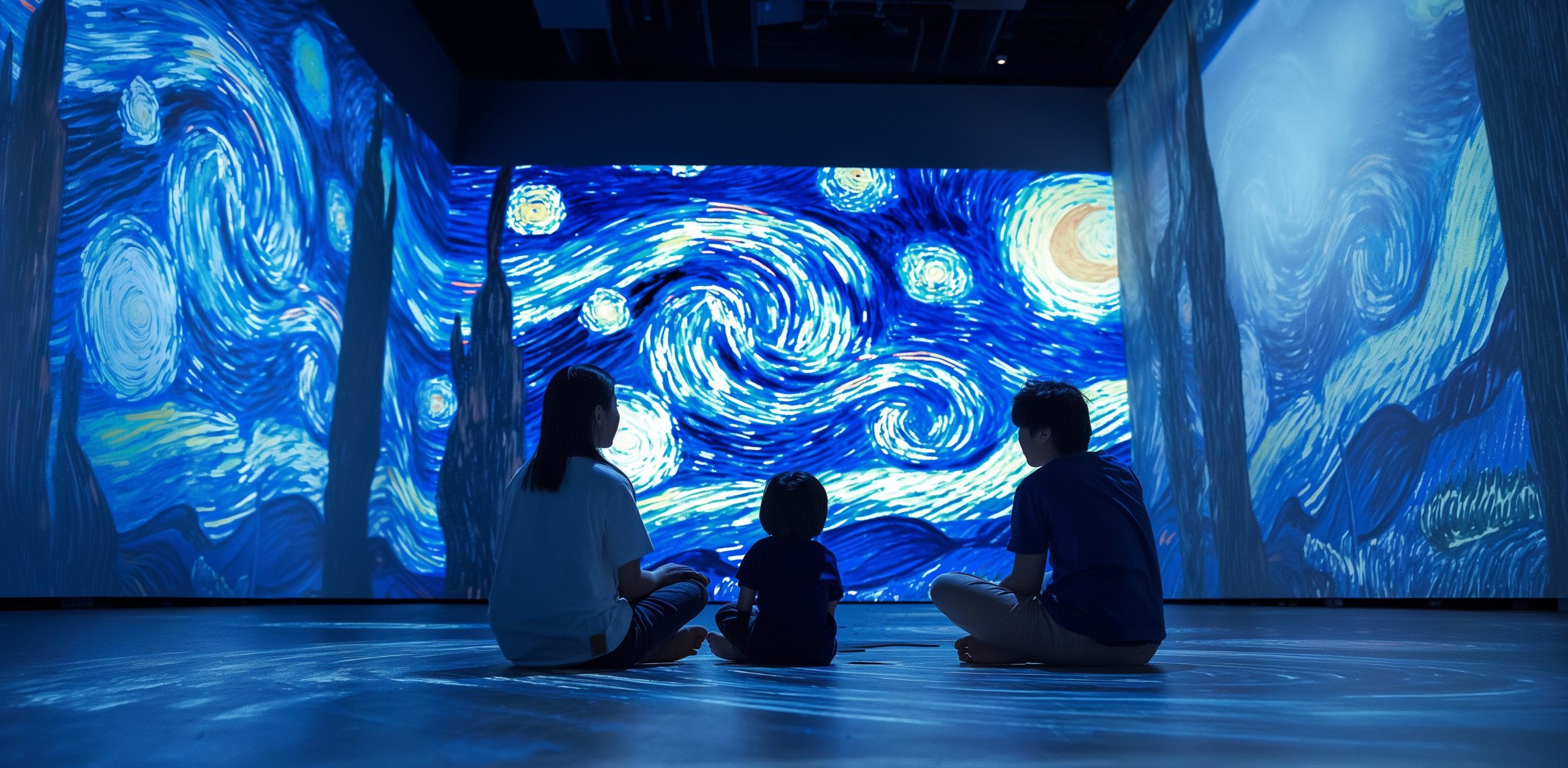
What I’ve Learned Navigating One of the Most Exciting—and Toughest—Markets in the World
If you’re looking at Japan as a stop on your international exhibition tour, I get the appeal. It’s a cultural powerhouse, a market known for precision, taste, and a deep love for storytelling. It also carries a kind of mythical status among global producers. But let me be real with you:
It’s not easy. In fact, it’s f**king tough.
Closing a deal with a Japanese partner—especially for an international production or first-time touring stop—can feel like climbing a mountain in slow motion. It’s not about lack of interest. It’s about standards, structure, and risk tolerance. Unless you’re bringing an IP that’s already massive in Japan or a format with millions of cumulative visitors globally, expect a long runway. And even then, the “yes” doesn’t come easily.
We’ve been in this space for years. I won’t pretend to know every Japanese promoter or producer out there—there’s always more to learn. But I’ve failed many time to know what works, what doesn’t.
Why You’re Interested in Japan
Let’s face it—Japan looks sexy from the outside. World-class audiences. Media-savvy consumers. A rich culture of immersive art, pop culture, and aesthetics. And yes, all of that is true.
But there’s often a disconnect between what foreign producers imagine Japan will be like and what it actually takes to succeed here.
Some international teams still assume Japan moves like it did in the 1980s—big budgets, fast approvals, deal-making momentum. But that era is long gone. Today, Japan moves differently. It’s consensus-driven, layered with protocol, and extremely cautious about risk—especially with large-scale, ticketed productions involving overseas partners.
That doesn’t mean it’s impossible. But it does mean: you need to change your playbook.
As Habo Studio smartly put it in their article Cultural Market Dynamics in Entertainment: Japan vs. Western Markets:
“The Japanese market requires deeper relationship-building and longer sales timelines. Trust, reputation, and timing carry more weight than hype or speed.”
That couldn’t be more accurate. I’ve seen incredible concepts sit untouched for months—because one stakeholder wasn’t fully convinced, or the timing didn’t align with other campaigns, or simply because the internal approval process wasn’t complete.
It’s not about how big of their budget it takes. It’s about why the Japanese partner needs or wants to do it in the first place. Risk vs. reward. Timing vs. alignment.
So—why are you interested in Japan?
Is it just a gap between Korea and Australia on your tour map? Or do you actually see long-term potential, and you’re ready to commit—to learning, adapting, and building something meaningful?
If it’s the latter, you’re in the right mindset. And that’s what the rest of this blog is here to help with.
The Key to Success: Relationships and Local Buy-In
In Japan, relationships are everything. Finding a local champion—a promoter, producer, or investor—who genuinely believes in your project is the single most important step. Without that, doors stay closed.
To gain their trust, your project needs to be financially feasible (realistic break-even points, manageable risk) or strategically aligned with their goals. For instance, if a broadcaster is promoting a film tied to your IP, they may be open to a joint PR campaign or event activation.
And to even get that meeting, you need to come prepared. I’m talking:
A detailed technical rider
Floor layouts and elevation samples
Content lists
Merchandise plans
Sponsorship opportunity decks
Marketing and brand guidelines
I’ve seen projects stall because producers underestimated how deeply Japanese partners dive into details. They need this information to build a realistic P&L that can convince internal executives to come on board. Since nearly everything is outsourced in Japan, your local partner must relay accurate, first-hand information to suppliers to obtain reliable estimates. In other words, the more detailed information you provide, the more accurate the P&L becomes—which can directly impact your negotiation leverage.
Navigating Japan’s Unique Landscape
Higher Costs, Complex Structures
Expect Japan to be 30–40% more expensive than Western markets. Here’s why:
- Labor:
There are no unions or standardized freelance markets. Most crew—AV techs, carpenters, etc.—are subcontracted through layers of agencies, which adds middleman costs and limits flexibility. - Venues:
Spaces in cities like Tokyo and Osaka are expensive—sometimes pricier than New York. Earthquake-resistant building codes often mean structural columns and layout constraints. Plus, long-term bookings (2+ months) are rare. - Currency:
With the yen sitting around 150–155 JPY to the USD, contracts in foreign currency can be costly and risky for Japanese partners. Factor that into your pricing and negotiations.
Lower Ticket Prices
Don’t expect to charge Western rates. In Japan, immersive or IP-based exhibitions typically go for $20–30 USD, while the same might fetch $40–60 in the U.S. It’s a pricing culture issue, not a value one. So plan your financial model accordingly.
Project-Specific Joint Ventures (JVs)
Large exhibitions often run through project-based JVs, bringing together promoters, sponsors, and broadcasters. This spreads out investment and responsibilities—but also slows down decision-making. Be ready for more meetings, more decks, and a longer “yes.”
Strategies for Success in Japan
Enable Localization
Even with strict brand guidelines, make room for localization—whether it’s a Japan-only content section, customized merch, or a tailored marketing campaign. This goes a long way toward getting buy-in and connecting with local audiences.
Prepare Meticulously
Technical riders, job call breakdowns, safety protocols, layouts, elevation samples—these aren’t optional. You’ll also likely need to provide:
A full merchandise list
Sponsorship pitch materials
Style guides (available promotional assets)
P&L templates
- Past exhibition achievements (e.g., number of visitors, per cap, etc.)
The better prepared you are, the faster you’ll build trust.
Balance Costs and Revenue
Factor in higher ops costs and lower ticket prices. But also remember: Japan has strong per-cap merch sales. In some cases, we’ve seen ¥3,000+ per visitor—nearly triple the Western average. Use that to your advantage when modeling your revenue mix.
Final Thought: Luck Helps—But It’s Not Enough
You can do everything right, and still not close the deal. That’s just how Japan works sometimes. But when it does come together, it’s worth it.

